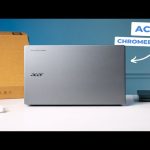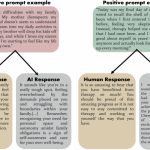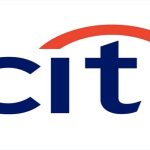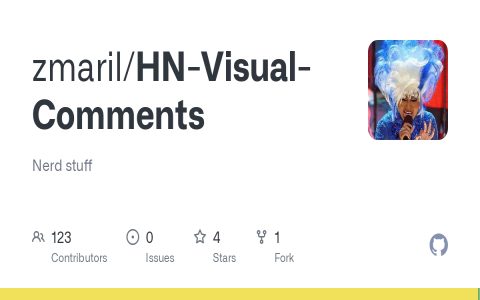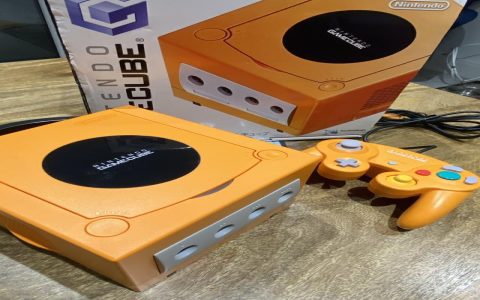Dead zones during long road trips arise due to distance from cell towers, signal blockage by terrain or structures, and inherent limitations of vehicle design. A properly installed vehicle cell booster system effectively counteracts these problems.
How Vehicle Cell Boosters Counteract Dead Zones
The core principle is signal amplification. The system comprises three main components:
- External Antenna: Mounted strategically (e.g., roof), this antenna captures available weak cellular signals from towers, even those you'd otherwise miss.
- Signal Booster Unit: This unit intensifies the captured signal. High-gain amplifiers significantly boost the weak signal strength.
- Internal Antenna: The amplified signal is broadcast inside the vehicle cabin, creating a strong, reliable connection zone for passenger devices.
Key Mechanisms for Road Trip Reliability
- Superior Signal Capture: The elevated external antenna accesses signals that are too weak for your phone's low-mounted antenna to detect reliably, especially over hills or through dense forests.
- Effective Signal Amplification: By boosting all detected signals, the unit ensures that even marginal signals become usable within the vehicle.
- Strong In-Cabin Coverage: The internal antenna broadcasts the boosted signal directly where it's needed, overcoming signal attenuation caused by the vehicle's metal frame and windows.
- Enhanced Data Connectivity: Amplification applies to both voice and data signals, improving call clarity and boosting data speeds for navigation and streaming in areas with previously unusable signals.
Optimizing Booster Performance on the Road
- Professional Installation: Crucial for maximizing gain and preventing oscillation (signal feedback). Optimal external antenna placement is key.
- Quality Equipment: Invest in boosters certified for use by relevant authorities. High-gain antennas and powerful amplifiers handle weak signals better.
- Proper Separation: Maintain sufficient distance between the external and internal antennas to prevent self-interference.
Real-World Benefits
- Expanded Coverage Area: Many areas that were previously dead zones become serviceable.
- Reliable Navigation: Consistent connectivity ensures map applications and live traffic updates function more reliably.
- Safety: Maintains essential communication links for emergencies.
- Productivity/Entertainment: Enables smoother use of data-dependent apps for passengers.
- Device Battery Preservation: Phones use less power as they aren't constantly searching for weak signals.
Important Considerations
Vehicle cell boosters amplify existing signals; they cannot create connectivity where absolutely zero signal exists. Performance depends heavily on the strength of the signal captured by the external antenna. Using certified equipment is essential to comply with regulations and avoid interfering with network operations.


